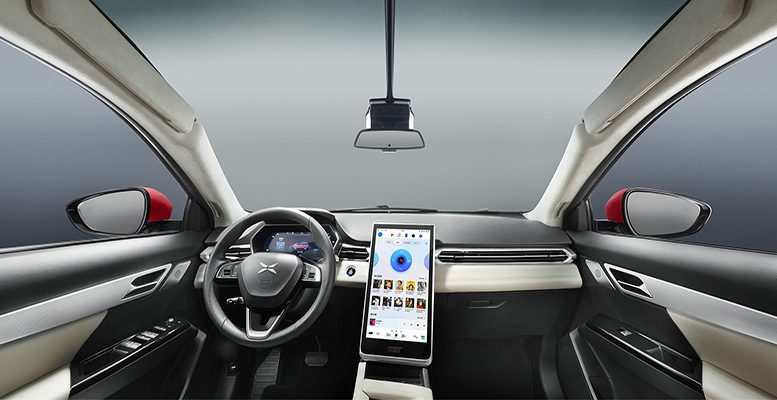The Santander analysts review the electric car market and explain that “Delivery times for the main models in Europe have increased considerably. The Renault Zoe and Twingo Electric are no longer sold in Germany because delivery times are too long. The waiting time for an Audi Q4 e-tron is now 18 months. This also explains the current success of Stellantis Electric Vehicles in Europe, where their lead times are shorter (only 4 to 6 months) while those of the VW ID.3 and VW ID.4 are one year”.
According to their data, “In February, global sales of battery electric vehicles (BEVs) increased by 113% YoY to 394,000 units, but declined by 11% m/m. The monthly decline was mainly due to China. The monthly decline was mainly due to China, where BEV sales fell by 25% m/m, mainly due to the Chinese New Year effect. The global EBV penetration rate now stands at 9.1% (15% in China, 12% in Europe and 4% in the US). In Europe, sales of BEVs (c.97,000 units) were up 10% m/m in February, an improvement from the very low sales levels of January, but still below the very strong sales of December 2021 (191,000 units).
Tesla was again the EBV sales leader in February; its sales figure rose from 51,000 units in January to 79,000 units in February. Tesla’s share of the global electric vehicle (EV) market also increased to 20% (up from 12% in January). At the other extreme is VW, whose global sales of BEVs fell from c.35,000 units in January to c.27,000 units in February (equivalent to 6.8% of the global BEV market). Only 6,500 models of its MEB platform were sold in China in February (down from more than 10,000 units sold monthly since October). We attribute the lower sales of VW-manufactured MEBs to the shortage of semiconductor supply. Stellantis benefited from VW’s weakness and became the European VEB sales leader in February with 17,400 units (4.5% of the global VEB market).





